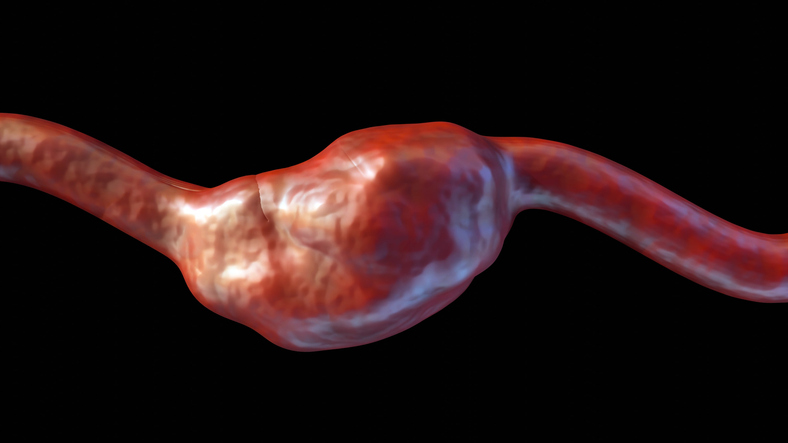
A cohort study of 102,204 Danish individuals aimed to establish whether plasma transthyretin tetramer destabilization, the rate limiting step in the development of transthyretin amyloidosis, is associated with all-cause and cardiovascular mortality in the general population. The results were published in JAMA Cardiology, and the research group was led by Mette Christoffersen, MSc, PhD.
The study cohort included individuals aged 20-80 years, and genetic data were analyzed from two similar prospective studies of the Danish general population: the Copenhagen City Heart Study and the Copenhagen General Population Study. Observational data from a subsample of the same studies where transthyretin was measured consecutively were also analyzed. In both studies, individuals were followed up from examination date until death or the end of follow-up in December 2018. Data were analyzed from November 1, 2023, to August 15, 2024.
The main study outcomes and measures included all-cause cardiovascular mortality identified from the national Danish Civil Registration System and the national Danish Register of Causes of Death. Exposures included missense variants in TRR associated with increasing transthyretin tetramer destabilization in primary genetic analyses, and plasma transthyretin level in secondary observation analyses.
Of the 102,204 individuals included, 56,445 (55%) were women with a median IQR age of 57 (47-66) years. Median follow-up was 10 years (range, <1-27 years). In genetic analyses, p.T139M, a transthyretin tetramer stabilizing variant that is more stable than noncarriers’ tetramer stability, was used as the reference.
For noncarriers with intermediate tetramer stability and for heterozygotes with amyloidogenic variants (p.V142I, p.H110N, and p.D119N) who have the lowest tetramer stability, respective hazard ratios (HRs) were 1.37 (95% CI, 1.06-1.77) and 1.65 (95% CI, 0.95-2.88) for all-cause mortality (P for trend=.01), and 1.63 (95% CI, 0.92-2.89) and 2.23 (95% CI, 0.78-6.34) for cardiovascular mortality (P for trend=.06), respectively.
Furthermore, compared with p.T139M, plasma transthyretin decreased stepwise by TTR genotype: -18% for noncarriers and -29% for heterozygotes for amyloidogenic variants (p.V142I, p.H110N, p.D119N; P for trend<.001). Therefore, genetically determined, increasingly lower plasma transthyretin could be considered a surrogate marker for transthyretin tetramer destabilization.
Observationally, among 19,619 individuals, noncarriers with plasma transthyretin concentrations <20 mg/dL versus 20-40 mg/dL had HRs of 1.12 (95% CI, 1.02-1.23) for all-cause mortality and 1.16 (95% CI, 0.97-1.39) for cardiovascular mortality.
“Transthyretin tetramer destabilization was associated with all-cause and cardiovascular mortality in the Danish general population. These findings may suggest a need for large-scale assays to measure transthyretin destabilization for detection of transthyretin amyloidosis before clinical manifestations emerge, since early treatment improves the prognosis,” the researchers concluded.
Source
Transthyretin tetramer destabilization and increased mortality in the general population.







 © 2025 Mashup Media, LLC, a Formedics Property. All Rights Reserved.
© 2025 Mashup Media, LLC, a Formedics Property. All Rights Reserved.